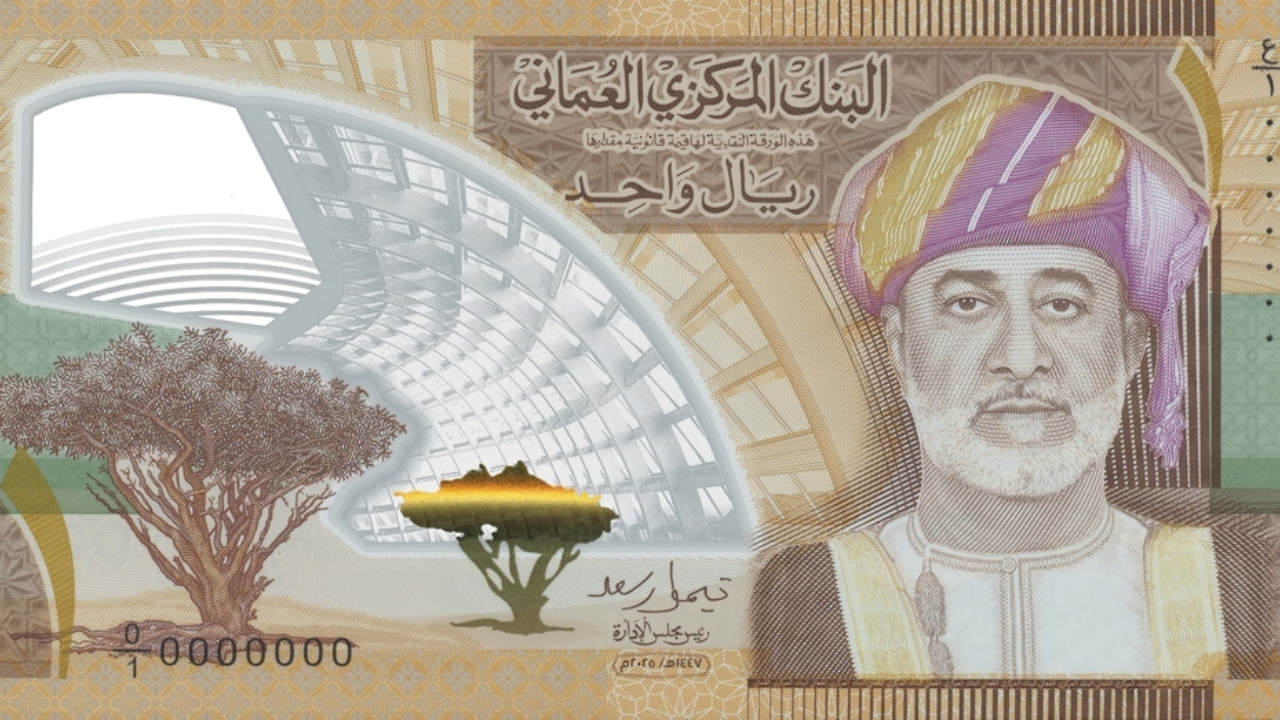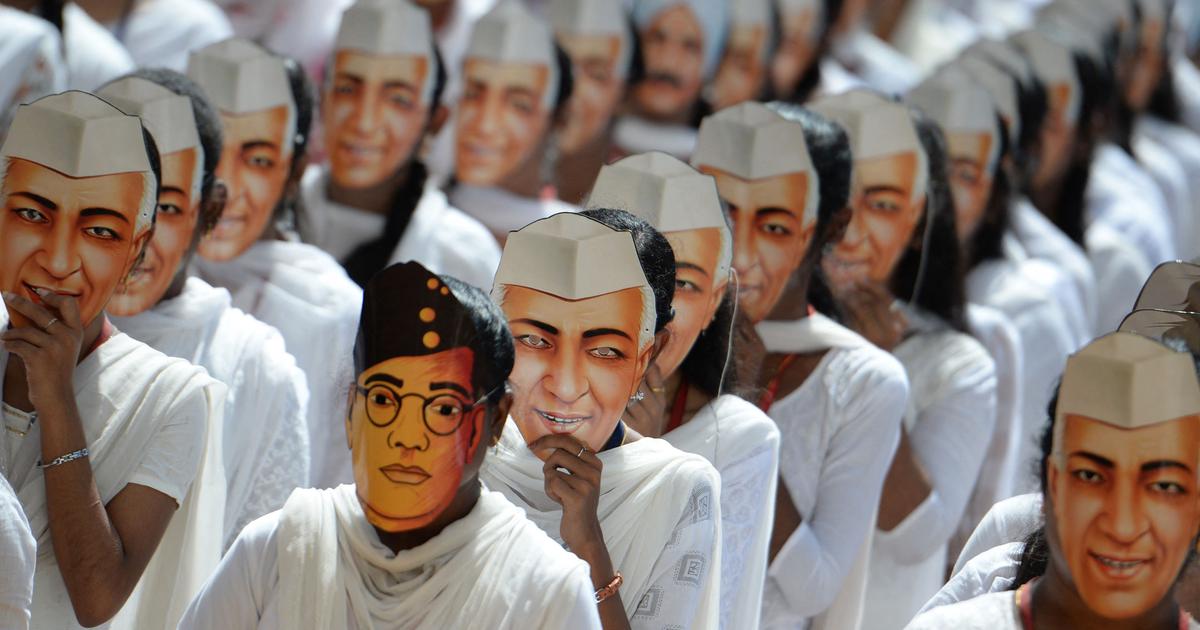‘On the Banks of the Mayyazhi’: In this novel, the river cradles folklore, revolution, and history

Join our WhatsApp Community to receive travel deals, free stays, and special offers!
- Join Now -
Join our WhatsApp Community to receive travel deals, free stays, and special offers!
- Join Now -

Some books flow like a river: meandering, vast, birthing several distributaries through its course, of which some fade and some persevere. M Mukundan’s On the Banks of the Mayyazhi – translated from Malayalam by Gita Krishnankutty – is a weaving together of many distributaries. It is a novel populated by vignettes of the ordinary lives of Malayali natives, the Indo-French and the French, against the backdrop of waning colonial power in the small French-colonised river town of Mahe, or Mayyazhi, as the locals call it. The novel is set in the late 1940s, in a strange period in Mahe’s history when the rest of India was free, yet Mahe remained under French rule. The reader leaves with the question, how many un-freedoms do we wilfully obscure to sustain the illusion of a completely liberated nation? In presenting the coarsely textured lives of Mahe, Mukundan animates these unfreedoms with empathy.
What makes Mukundan’s novel enduringly important is its refusal to neatly declare who the “people of Mayyazhi” are. This is not simply a tale of revolution, but the coming together of the many diverse life-worlds that interact in a colonised small town. In this richly textured amalgamation of life-worlds, suave Sayivs (Sahibs) speak effortless Malayalam, dark-skinned...
Read more
What's Your Reaction?
 Like
0
Like
0
 Dislike
0
Dislike
0
 Love
0
Love
0
 Funny
0
Funny
0
 Angry
0
Angry
0
 Sad
0
Sad
0
 Wow
0
Wow
0
























































